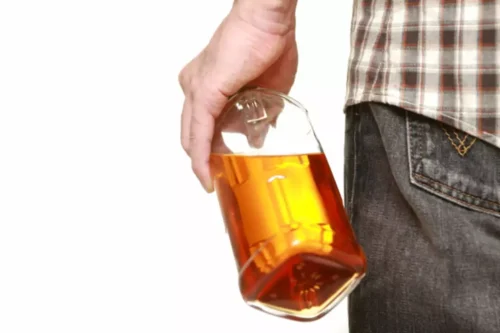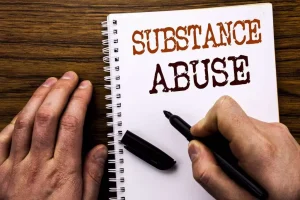Rhinophyma Condition UT Southwestern Medical Center

One option is topical metronidazole (Metrocream), a drug that reduces skin inflammation by inhibiting the generation of reactive oxygen species. Due to the higher prevalence in males, scientists suspect that male hormones increase the risk. Keep reading to learn more about the causes, symptoms, diagnosis, and treatment of rhinophyma.

What Is Alcoholic Nose or Drinker’s Nose?
People with thin or pale skin and visible blood vessels are more likely to notice this discoloration in response to these factors. In cases of skin barrier trauma, skin discoloration will typically wane with time. Hot and cold compresses and anti-inflammatory medication may help reduce visible discoloration. Avoiding cosmetics and skin products that cause allergic reactions can prevent nose discoloration.

Alcoholic Nose And Rhinophyma
Rosacea is not caused by alcoholism, but alcohol abuse can affect rosacea, which may worsen the appearance of a drinker’s nose. Alcoholic nose, known by its clinical name, rhinophyma, is a condition that causes the nose to become bumpy, swollen, and red in appearance. Also referred to as “drinker’s nose,” this condition may be the result of rosacea as well as alcohol alcoholic nose abuse. It may be a temporary symptom or related to a chronic condition, such as rosacea. Treatment for nose redness varies based on the cause.Red nose is a common symptom of infection or other conditions that affect the nose, including cold, flu, or allergies. Chronic conditions such as lupus or rosacea can also cause nose redness, among other symptoms.
Red Nose: Possible Causes and Treatments
- If you or a loved one are experiencing side effects related to alcohol abuse and addiction, help is available.
- Alcohol addiction is when someone compulsively seeks and uses alcohol despite adverse consequences.
- Extensive scientific research into addiction has uncovered a range of evidence-based treatment options to help people recover from addiction and live full and productive lives.
- Primarily, alcohol is a diuretic that dehydrates the entire body, including the face.
- Topical and oral antibiotics reduce inflammation and redness, and other topical medications minimize inflammation.
- When left untreated, alcoholic eyes, or ocular rosacea may occur.
Developing a skincare routine is especially important for those who have this condition, which may include some lifestyle changes. Be sure to use health care products that are designed for sensitive skin or are hypoallergenic. It is essential to fully understand the patient’s concerns and consider the emotional impact of the condition on the patient. Attention must be given towards systemic treatment of rosacea and avoiding trigger factors to achieve symptoms control. Rhinophyma, also termed ‘end-stage rosacea’, is the most frequent phymatous manifestation of the disease. It starts as an accentuation of the normal tissue over the nose in adolescence and young adulthood.
- Aside from physical repercussions, those who deal with rhinophyma can also face prejudice for their physical appearance.
- Some cases of alcohol nose can become so severe that surgery is the only option to reverse the physical damage done.
- Avoiding cosmetics and skin products that cause allergic reactions can prevent nose discoloration.
- On darker skin tones, rosacea flushing may be dusky-brown-hued or appear different than the surrounding skin.
- The issue is that rhinophyma has absolutely nothing to do with alcoholism.

“Rhinophyma” is the medical term for “drinker’s nose”, which is a side effect of the skin condition rosacea. Contrary to popular belief, a “drinker’s nose” is not necessarily caused by alcohol addiction or abuse. Treating alcohol nose involves the use of topical treatments that are similar to those used for people with rosacea. Topical medications such as antibiotics, azelaic acid, and retinoids are all first-line treatment options for redness caused by excessive alcohol consumption. Drinking alcohol can worsen symptoms of rhinophyma, a skin condition that causes a red and bumpy nose. However, despite its name, there is no evidence that alcohol abuse is a cause of alcoholic nose.

Does rosacea go away?
- This occurs when the skin of the nose has become bulbous enough to constrict the natural airways of the nose.
- Chronic conditions such as lupus or rosacea can also cause nose redness, among other symptoms.
- They may be afraid they will feel shamed by other people’s judgments of alcohol abuse.

- This is because a lot of blood rushes into the area and swells as different bumps begin to grow.
- Widened blood vessels caused by heavy drinking allow more blood to travel to right beneath the skin’s surface, which gives the face a more flushed or red appearance.
- Rosacea is a chronic skin condition that is characterized by facial flushing—especially in the nasal area or cheeks—and irregular redness.


